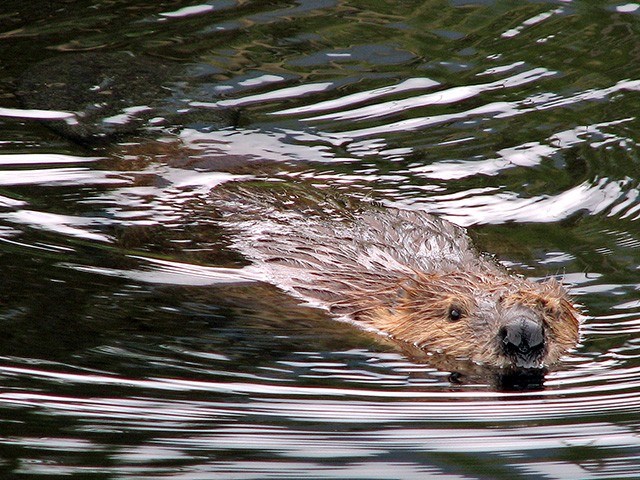It seems every Whistler resident I meet has a story about an animal they’ve seen here. Snakes, frogs and lizards, beavers and river otters, bats, and birds — you name it and someone has seen it.
Local knowledge about nature in Whistler is impressive. In fact, it’s the single best source of data we have for many of these animals. An added benefit of local knowledge is the historic perspective long-time residents can add. For example, “I used to see marmots on that rock every time I went to the alpine, but I haven’t seen them in years.”
Through local knowledge, we’ve learned about salamanders and maybe even Rubber Boas in Emerald Estates (thanks Cathy, Kirsten, and Johnny). People have also reported lizards, bobcats, wolverines and cougars, and plenty of birds and mushrooms.
Ever since we started in 1999, the Whistler Naturalists have struggled with how to collect and collate local sightings. Until now, we’ve never had an effective way to tap into all this knowledge.
Now, through the Whistler Biodiversity Project, we’ve taken our first baby steps into the computer age with a web-based pilot project to collate and display sightings.
To participate, log onto www.whistlerbiodiversity.ca where you’ll see a link to “Report a Sighting.”
To start, the links are pretty basic. They link to an e-mail address for you to enter your information with a description of what you saw, where you saw it, and, hopefully, attach photographs.
Over the coming weeks and months, more information will be added to this part of the site, including identification tips, how to photograph an animal or plant to aid identification, and eventually, a map-based data entry screen and interactive maps so you can locate other sightings.
The amazing Internet makes all of this easier and more efficient, but it’s the people behind the scenes who will make it work. We’ve always had a great birding group but now through our Speaker Series, Whistler Biodiversity Project, and BioBlitz, we’ve tapped into a network of conservation professionals who happily help with identifications.
When you send in a description and photo, we’ll either respond right away with an identification and perhaps request more details. Or if we’re stumped (think mushrooms and lichens), we’ll send your sighting off to our team of specialists.
While there’s no guarantee we’ll be able to ID every bug in your bathtub, at least in the short-term, we finally have a way to collect and process the huge amount of local knowledge.
Our pilot project will focus first on beaver and reptile sightings — watch this space in the next weeks for more on these species. But we welcome anything you can send and will get back to you as soon as possible.
Local knowledge will help bolster our researchers’ efforts towards cataloguing Whistler’s biodiversity. Knowledge is power, they say. In this case, local knowledge will help power the conservation of Whistler’s natural heritage.




